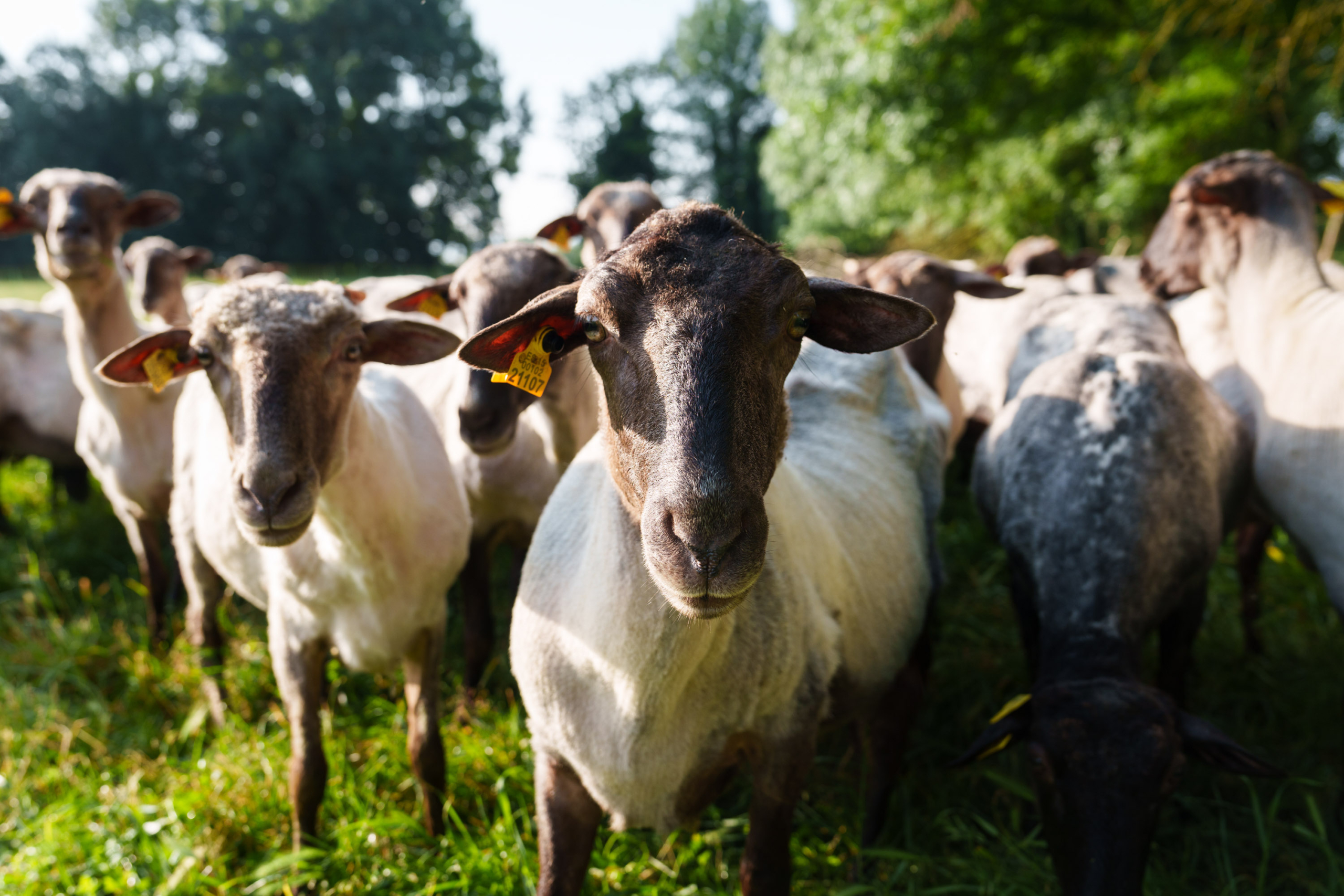NEW
An ancient practice for restoring grazing areas
30 September 2025- NEIKER, together with the Provincial Council of Bizkaia, has launched a trial to test the viability of sheep grazing in the Basque Country and analyse its ecological contribution.
Redileo is a livestock farming technique that involves temporarily confining the herd to concentrate manure and trampling in small spaces. This practice provides a large amount of organic matter and nutrients to the soil and promotes the regeneration of grass cover.
Although it is an ancient methodology, redileo originated in Mediterranean pasture systems and is not common in the Atlantic environment. For this reason, NEIKER, together with the Provincial Council of Bizkaia, has launched a trial within the framework of the European LIFE SILFORE programme to validate its viability in the Basque Country as a technique for creating strategically distributed patches of fertility that promote the spatial distribution of grazing and, therefore, the restoration of pasture areas.
The trial is being conducted in Larreder (Areatza, Bizkaia), within the Gorbeia Natural Park, on a plot of land that was transformed in 2018 following the felling of a Lawson cypress plantation. Since then, this area has presented difficulties in establishing high-quality pasture, with species less valuable for grazing, such as rushes, becoming prevalent.
‘The choice of this location is based both on its ecological value and the need to test new management practices that restore the grassland and make it more productive for local livestock farming,’ explains Isabel Albizu, a researcher in NEIKER’s Natural Resource Conservation Department.
100 m² enclosures
The spaces for sheep confinement trials are delimited by portable electric fencing systems adapted to the terrain conditions. Each enclosure has an area of approximately 100 m² and a flock of 15 Latxa sheep, providing more than six square metres per animal, allowing them to move freely while ensuring their welfare.
Every night, the animals are moved to these mobile enclosures, where they remain until morning. This process is repeated for three days before moving to a new location. This sequential movement adapts to Atlantic conditions and creates patches of fertility that contribute to grass regeneration.
A replicable technique
During the trials, the vegetation and soil of the sheep-grazing areas are monitored to assess the effects of this practice and compared with control areas (without sheep grazing). Changes in the frequency and diversity of herbaceous species, as well as the presence of scrub, are recorded in the vegetation. Likewise, grass production is estimated using 0.25 m2 exclusion cages.
At the same time, various soil parameters are analysed: from its chemical composition and level of compaction to its microbial activity, including CO₂ emissions. All these indicators provide information on how sheep grazing influences the regeneration of vegetation cover, grass growth and soil fertility. The final results will be evaluated after two consecutive years of testing, in 2026.
‘The data obtained will enable us to assess the replicability of sheep grazing in other grazing areas in the Basque Country, especially in protected areas, where it is necessary to apply sustainable and less invasive management methods, working with the animal as an active agent in restoration,’ notes the researcher.
The trial is coordinated with the GORBEIA_GO operational group, which includes NEIKER, the Provincial Council of Bizkaia, ADR Gorbeialde, LORRA and local livestock associations. As part of this group’s participatory approach, field visits are carried out each year to assess the grazing campaign in Larreder and agree on conservation actions, combining different livestock management and pasture restoration practices, from clearing and reseeding to controlling invasive species.



